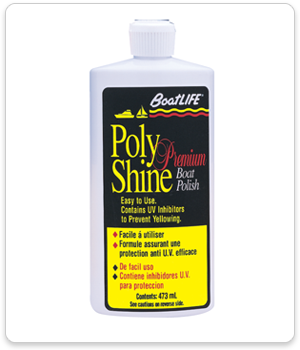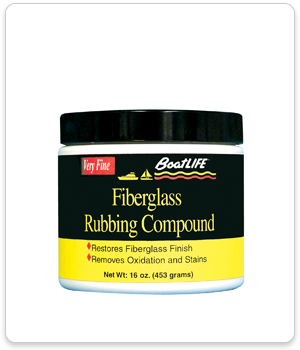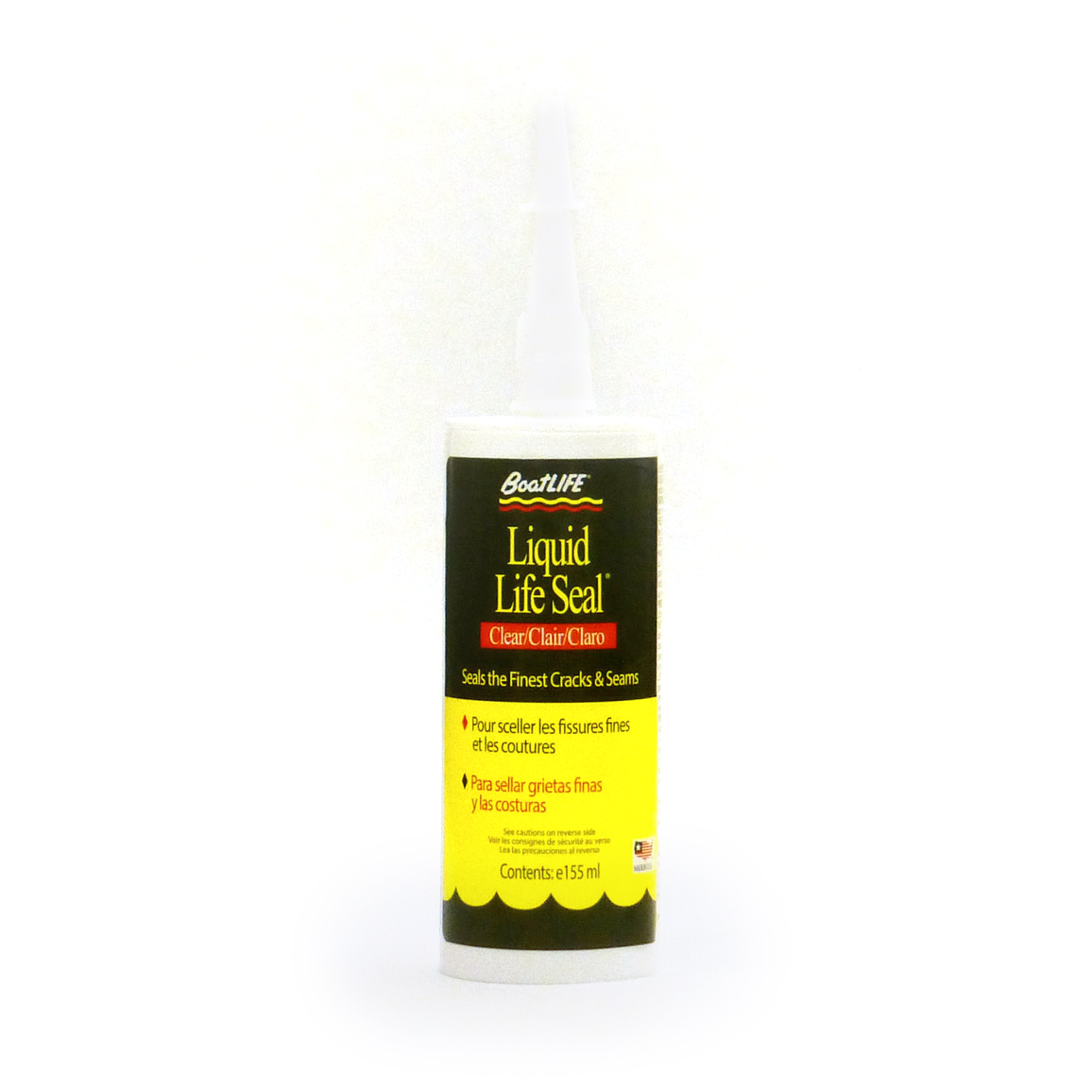
There’s nothing that looks quite like a brand-new boat. The
hull is smooth, the upholstery is fresh, and there’s no doubt that it’s ready
to take on the water. But the reality of marine life is that you’ll have to
deal with a scratch on your boat’s fiberglass sooner or later. It pays to know how
to deal with these scratches and what materials to have on hand. We’ve got you
covered with our fiberglass boat scratch repair guide.
Understanding
Fiberglass
It starts with a basic understanding of the material that
makes up your hull: fiberglass. Fiberglass is a versatile and durable
substance, but it’s important to understand its relationship to the gel coat. A gel coat is essentially a
finish on the fiberglass. It’s very thin, but it can help protect the
fiberglass and the boat itself from the marine environment. If your fiberglass
gets scratched, that means there’s been damage to the gel coat as well.
That’s why it’s important to understand the interplay of
these two basic parts: when you repair a scratch, you may actually only have to
repair the gel coat itself. But since the gel coat is a somewhat complicated
resin on the outer layer of the fiberglass, it’s important to use the right
steps as you go.
How to Repair Damage
to Your Fiberglass Boat

There are two essential types of scratches you’ll encounter
with fiberglass:
- A light, surface-level scratch
- A deeper, penetrating scratch
In the case of the surface-level scratch, your mission
should be to repair the gel coat. Using a polishing compound like
PolyShine, you should be able to buff this out and even out the
area, giving you the appearance of the original gel coat—or close to it.
For deeper, penetrating scratches, you may have to fill in
the gel coat itself. That means picking up some gel coat paste. One reason
white boat hulls are so popular is that they make these sorts of repairs much
easier. Otherwise, when you fill in an area of gel coat on fiberglass, you may
have to do some color matching.
Applying Gel Coat
Paste
BoatUS.com
recommends first preparing the area in need of repairs by opening the scratch
into a V-shape. A good way to do this is to use the corner of the scraper. Using
a plastic spreader, apply an even level of the gel coat paste and scrape away
the excess.
Before taking any action, be sure to read the label of your
gel coat paste. Following each individual product’s instructions can give you
the specific tips you need to avoid doing any damage to your fiberglass.
Long-Term Boat
Fiberglass Maintenance

If you want to maintain that “like new” look on your hull,
it helps to know a few things about properly maintaining and cleaning your
fiberglass after repairing a scratch.
We recommend using Fiberglass
Rubbing Compound for your future cleaning needs. This formula is
great at minimizing the loss of the gel coat surface, which helps keep your
fiberglass’s overall structure strong. And don’t forget to keep browsing the full
range of boat
cleaning and maintenance products here at BoatLIFE!



